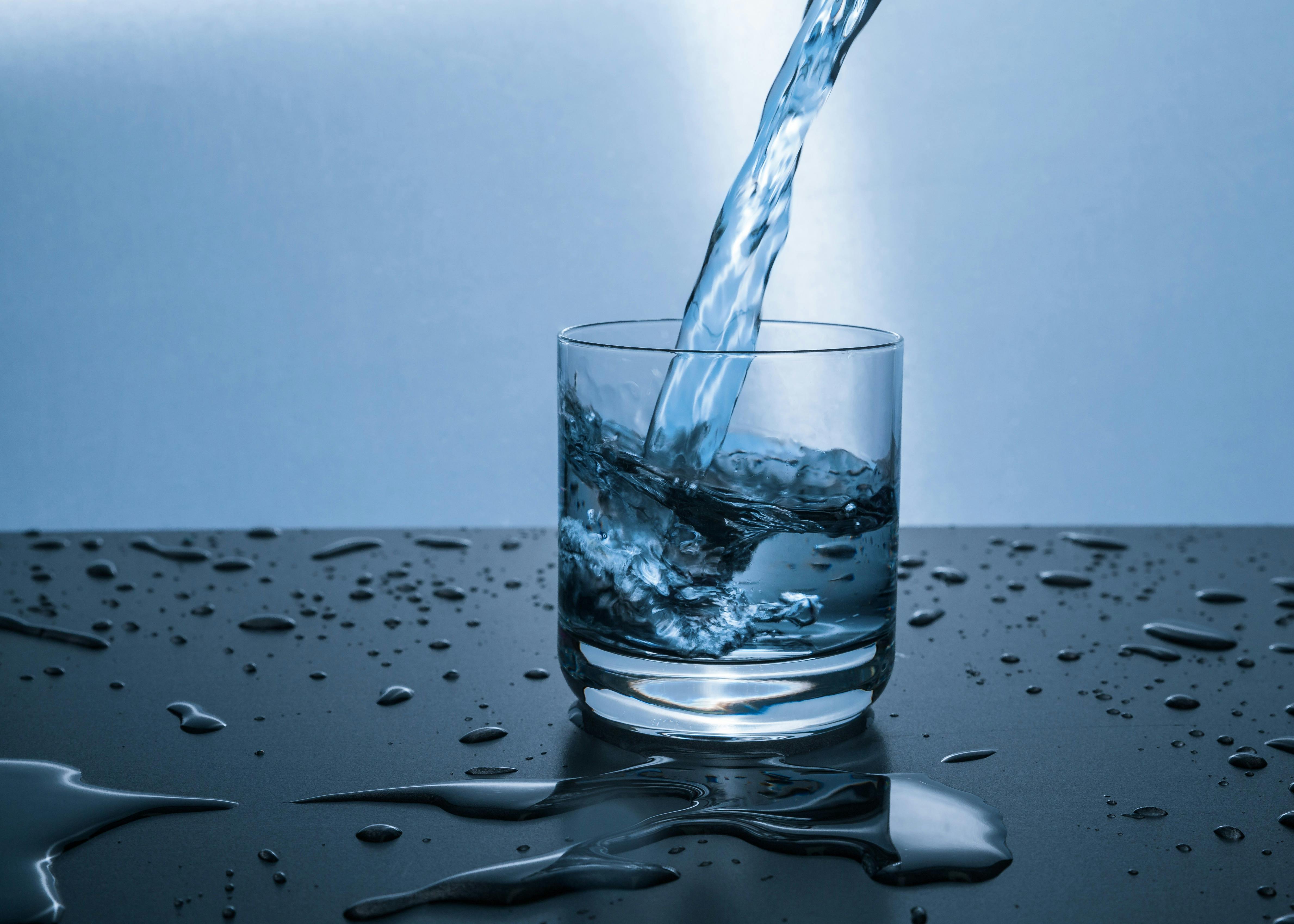
Have you ever taken a sip of tap water and thought, “Hmm… that tastes a bit off”? You’re not alone.
I started digging into what’s actually in our drinking water—not because I’m paranoid, but because I figured if I’m putting something in my body every day, it’s worth understanding. And what I found was a bit surprising.
Even with all the treatment steps our city water goes through, a lot of things still slip through. Old pipes, chemical byproducts, even “forever chemicals” like PFAS can still show up in the glass you drink.
That’s why I put together this guide—to give you a clear, no-nonsense look at why water filters matter, what they can do, and how to pick one that’s right for your home (and your health).
Let’s get into it.
P.S. Please be advised that the links presented below are affiliate links that will take you to our preferred water filter supplier. We may receive a small fee should you decide to purchase any water filter. Thanks for your suport!
Why Should You Filter Your Water?
Even though municipal water treatment plants work hard to provide safe drinking water, various contaminants can still make their way into your tap water through aging pipes, environmental pollution, and treatment byproducts. Additionally, many people find that filtered water simply tastes and smells better.
Key Benefits of Water Filtration:
Convenience: Clean water available 24/7 from your tap
Health Protection: Remove harmful contaminants like lead, chlorine, pesticides, and bacteria
Better Taste & Odor: Eliminate chlorine taste and musty odors
Cost Savings: Replace expensive bottled water with filtered tap water
Environmental Impact: Reduce plastic bottle waste

Choosing the Right Filter for Your Needs – With so many types of filters on the market, it can feel overwhelming trying to choose one. But don’t worry—we’ve broken it down by lifestyle, budget, and filtration needs, so you can find a system that fits your home like a glove.

If you’re renting or traveling:
Countertop and Gravity-Fed Filters
These systems are portable, don’t require plumbing, and are great for basic filtration. They remove chlorine, sediment, and some bacteria.

If you’re concerned about health and contaminants
Go with a Reverse Osmosis (RO) System. These are the gold standard for removing the widest range of contaminants, including lead, PFAS, pesticides, and bacteria. Great for anyone with compromised immunity or living in areas with questionable tap water.

If you have a busy family…
A Whole House System protects every faucet, shower, and appliance from sediment, chlorine, and more. Perfect for larger households or homes with kids and pets.

If you’re budget-conscious…
A Faucet-Mount Filter is affordable, easy to install, and makes a noticeable improvement in taste and odor.

If you care about taste and wellness…
Filtered water that’s clean and mineral-rich is key for daily hydration. A Remineralization RO System adds essential minerals back after filtration.

If you work from home and want stylish convenience
Consider a Countertop RO System or Bottleless Water Cooler. They offer purified water instantly and look sleek in any modern space.
What’s in Your Water? (Contaminants Explained)
| Contaminant | Health Risks | Filter Type | Suggested Filter |
|---|---|---|---|
| Lead | Brain & nervous system damage | Reverse Osmosis, Carbon | Undersink RO |
| PFAS | Cancer, hormone & liver effects | RO, Carbon | Remineralizing RO |
| Chlorine | Irritation, bad taste & odor | Carbon | Faucet Filter |
| Microplastics | Unknown long-term effects | RO, Carbon | Countertop RO |
| Nitrates | “Blue baby” syndrome, reproductive effects | Reverse Osmosis | RO Combo |
| Bacteria | Infection, nausea, diarrhea | UV, Gravity | Gravity-Fed Filter |
| Heavy Metals | Organ damage, developmental risks | RO, Carbon | Undersink RO |
Quality News About Your Water
Get the comprehensive water quality news coverage you need with our dedicated US Water News Service. From coast to coast, we deliver in-depth reporting and expert analysis on PFAS contamination, EPA regulatory changes, infrastructure developments, and emerging water safety issues affecting communities nationwide. While mainstream media only covers the biggest stories, we provide the detailed, ongoing coverage that helps you understand the full scope of America’s water challenges. Whether you’re a concerned citizen, water professional, or community leader, our daily updates and analytical insights keep you informed about the issues that matter most to public health and environmental safety.
Please read – our information
The information presented on cleanairandwater.net is compiled from official water quality reports, trusted news sources, government websites, and public health resources. While we strive for accuracy and thoroughness in our presentations, we are not scientists, engineers, or qualified water quality professionals.
Our mission is to present water quality information in an accessible, real-world format that helps people understand what’s in their water and make informed decisions about their health and safety. We believe that complex environmental information should be available to everyone in a format that’s easy to understand.
We make every effort to ensure our content is current and accurate, but we cannot guarantee that all information is complete or error-free. This website should not replace official communications from your local water utility or health department. We always recommend consulting official sources for the most up-to-date information regarding your specific water system.
Clean Air and Water is not liable for any unintentional errors, omissions, or outdated information. The content on this site is provided for informational purposes only and should not be considered professional advice.

